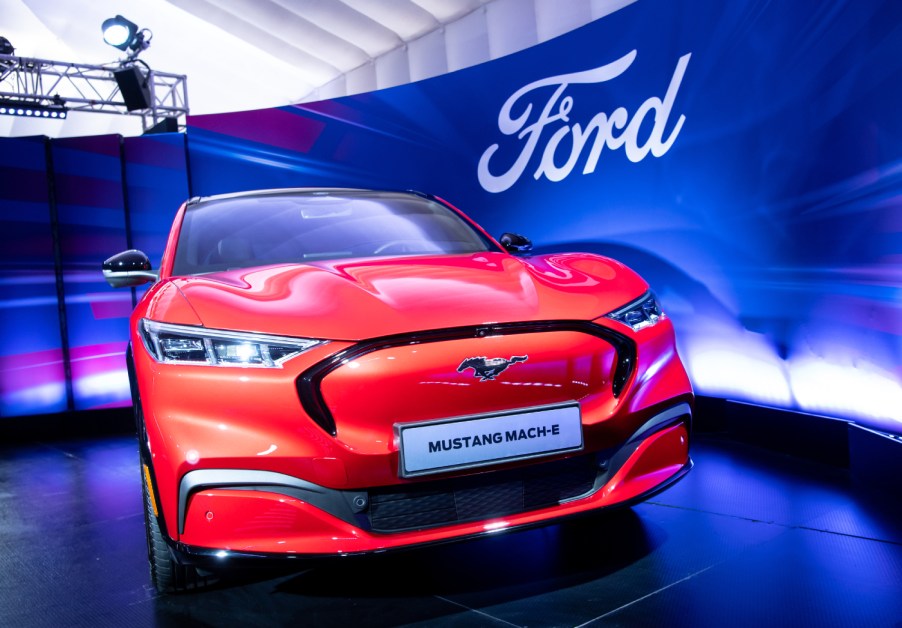
Mustang Mach-E: Slow Charging, Batteries Overheat, More Bad News
Owners of Ford’s Mustang Mach-E electric vehicle are experiencing so-so fast charging times and reduced power with aggressive driving caused by overheating. This points to problems in the battery and module construction. But is the construction that much different from Tesla’s for it to underperform to this extent?
Mechanical engineer Keith Ritter dove into both the Mach-E and Tesla batteries and modules for InsideEV to discover if there is a difference. He found that there is. The way Mach-E cells attach to the module carrier frames and cooling plates point to a thermal bottleneck.
Both the Mach-E and Chevy Bolt use very similar battery architecture

The Mach-E and Chevy Bolt use similar battery pack architecture developed by South Korea’s LG Chem. They’re almost identical when looking at the cell geometry, plastic cell carriers, and passive thermal fins. And the Bolt also shares the Mach-Es thermal bottleneck issues.
What Ritter found was that the plastic carrier bottoms block the cell-to-plate heat conduction path. That means heat must be channeled through a long, thin passive aluminum thermal fin. It can’t absorb the heat being passed through it. When this happens the extra heat reduces cell energy storage capacity.
Mach-E batteries fight to keep temperatures lower causing reduced power

So the battery switches from maintaining a capped operating temperature to trying to specifically control the rising cell heat. At the same time, the rising cell heat results in a reduction in its propulsion mode. And that is what owners have been experiencing. It’s all about pulling heat away from the cells and maintaining a certain peak temperature.
When electric cars are started from cold, the battery cells warm-up at a fast rate to get to the maximum charging temperature. But once it gets to that temperature it works to maintain it. By pinpointing rising heat the overall temperature maintenance gives way to fighting the hot spot that is overheating.
Both VW and Tesla have different methods to cool battery cells

What is more typical and proven to be more successful is Volkswagen’s MEB architecture. Battery cells sit on an aluminum glycol cooling plate. Air gaps have been eliminated to improve thermal conduction. Other battery manufacturers use a similar setup with excellent results. Tesla’s batteries use “side-snake” cooling plates. They are glued to the cell housings.
The good news is that a lot of this might already be in Ford’s crosshairs because it is working on the overheating issues. It expects an update that will speed up fast charging and also increase the kW charge rate. Ford is also looking at software tweaks to reduce overheating from track-style hammering where demand ramps up substantially.
We don’t know what GM and LG found to fix Bolt fires and whether this discovery has anything to do with it. But calling attention to the issues found here should make for better fast charging while reducing losses in power from overheating.



